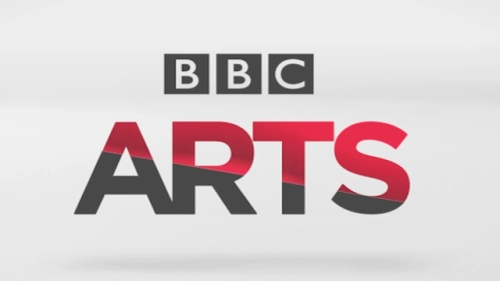The question of how arts broadcasting is actually defined is something that I’ve discussed numerous times on this blog. From an early post entitled Defining Art Within Broadcasting to a more recent piece examining the line between history and the arts in programmes such as Treasures of Ancient Greece, a concrete definition of what I was proposing to study seemed at best elusive, and at worst impossible.
This on-going theoretical challenge was brought to the fore in a recent research interview. From the very beginning the participant made clear that he was fundamentally – and philosophically – opposed to the very notion of ‘arts broadcasting’:
‘Everything is arts. If you wield a camera, or a pen, or a microphone and you make content, that is art’
As persuasive as his argument for Eastenders being considered arts broadcasting was, I think the key thing to take away from this isn’t the need for practical change to the research design in the form of widening the parameters of the study to include everything ever created. Rather, the key area of interest here is how the arts are defined institutionally within the BBC, both from the perspective of those creating content and those in charge of arts strategy and commissioning.
But that still doesn’t completely answer the question of how we define the area of study. How do we set the parameters within which empirical research may be carried out?
Firstly, BBC Arts as a brand and ‘cultural institution’ within the BBC has been central in providing a starting point when trying to map a field of study. Forming something of a categorisation for programming, production and commissioning, BBC Arts has been the most visible way of identifying relevant content and people involved in arts broadcasting on the BBC.
However, I must make clear that I don’t think it’s enough to just go by what is ‘branded’ as arts alone. If you are subscribed to the weekly BBC Arts newsletter, you will notice that not all of it is what many would consider arts, even if at first glance it may appear so. For example, one of the programmes listed in this week’s newsletters is Timeshift: The Engine That Powers the World about the history of the diesel engine. Perhaps not what many people would consider an arts documentary in the traditional sense?
So if we’re using BBC Arts as just a starting point, and not an end point in itself, how do we further understand the ways in which commissioners and content creators define the field in which they work? A standard a question I ask all of my participants is how do they define arts broadcasting. When asked this, many of the people I have interviewed so far have referred to the notion of the arts as culture, and that in turn encompassing a wide range of creative activities and means of expression.
So even when interviewing those directly involved in the creation of arts content there seems to be no clear-cut answer or concrete definition as to what ‘arts broadcasting’ is. There are as many different answers to the question as there are people to ask. However, rather than conceptualising this ambiguity as a challenge to overcome, it is perhaps more useful to consider how this provides the space for certain forms of creative expression to be elevated above others.
If all broadcasting is inherently arts broadcasting in a philosophical sense, then the question is perhaps not ‘what is arts broadcasting?’ but ‘who defines what arts broadcasting is?’


